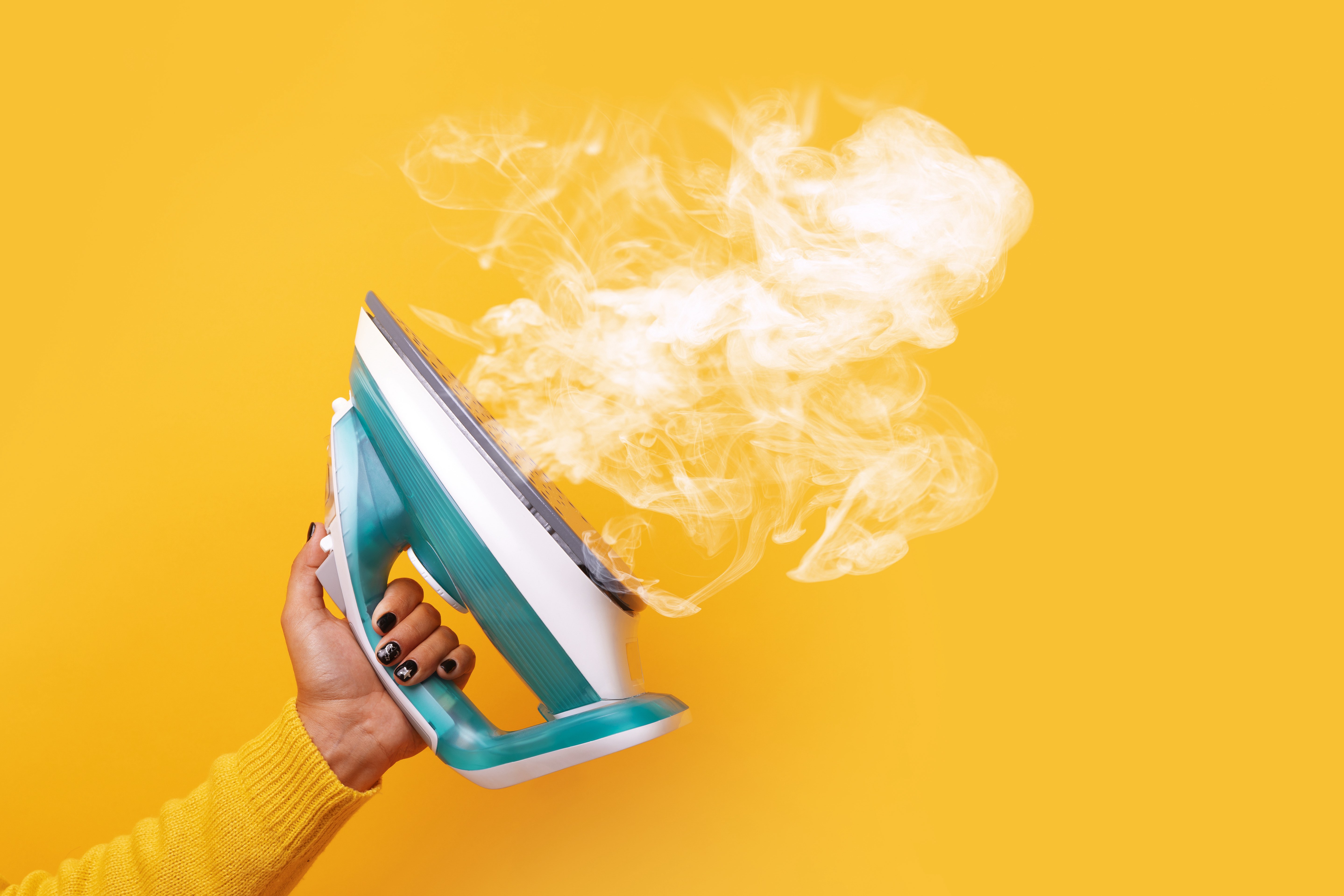Ironing vs. steaming: which is better for your clothes?
Post Date:

Ironing vs. Steaming: Which Is Better for Your Clothes?
Wrinkles and creases are inevitable in our clothes, but with the right tools and techniques, we can keep our garments looking fresh and well-kept. Ironing and steaming are two popular methods for removing wrinkles and restoring the crisp, polished appearance of fabrics. However, choosing between the two can be challenging, as each method has its pros and cons. Here, we will explore the differences between ironing and steaming, the advantages and disadvantages of each, and how to determine which method is best suited for your clothes.
Understanding Ironing and Steaming
Ironing is a traditional method of removing wrinkles from clothes by applying heat and pressure using a flat iron. The iron is heated to a specific temperature depending on the fabric type, and the heat combined with the weight and pressure of the iron helps to smooth out the wrinkles. Ironing often requires the use of an ironing board, which provides a stable and flat surface for the process.
Steaming, on the other hand, is a more modern approach to wrinkle removal. It involves using a device called a clothes steamer or garment steamer, which emits steam to relax the fibers in the fabric, allowing the wrinkles to be smoothed out. The steamer is held at a short distance from the garment, and the steam penetrates the fabric to release the wrinkles without direct contact. Steaming does not require an ironing board, making it a more portable and versatile option for wrinkle removal.
Advantages and Disadvantages of Ironing
Advantages:
- Sharp creases: Ironing is excellent for creating sharp creases on garments such as dress pants and collared shirts, giving a professional and polished appearance.
- Effective on heavy fabrics: Ironing works well on heavier and more robust fabrics, such as cotton and linen, where the weight and pressure of the iron can effectively smooth out stubborn wrinkles.
- Controlled temperature settings: Most irons come with adjustable temperature settings, allowing you to select the appropriate heat level for different types of fabrics to prevent damage.
Disadvantages:
- Risk of damage: Ironing requires direct contact with the fabric, which can cause scorching, shine marks, or other damage if not done correctly.
- Time-consuming: Ironing can be more time-consuming than steaming, as it requires precise movements and technique to ensure even and smooth results.
- Less versatile: Ironing is not suitable for all types of fabrics, particularly delicate and heat-sensitive materials like silk and some synthetics, which can be damaged by the heat of the iron.
Advantages and Disadvantages of Steaming
Advantages:
- Gentle on fabrics: Steaming is a gentler method for removing wrinkles, as it does not involve direct contact with the fabric. This makes it suitable for delicate and heat-sensitive materials that may be damaged by ironing.
- Quick and efficient: Steaming is generally faster than ironing, as it can cover a larger surface area in a shorter amount of time, making it ideal for quick touch-ups and last-minute preparations.
- Sanitizing benefits: The steam produced by a garment steamer can also help to kill bacteria and eliminate odors, providing additional benefits beyond wrinkle removal.
- Versatility: Steaming is suitable for various fabrics and garments, including clothes with embellishments, pleats, and ruffles, which can be difficult to iron.
Disadvantages:
- Less effective on heavy fabrics: Steaming may not be as effective on heavy and stubborn wrinkles found in fabrics like cotton and linen, which may require the additional pressure provided by ironing.
- No creases: Steaming does not create sharp creases like ironing, making it less suitable for garments that require a crisp, polished appearance, such as dress pants and collared shirts.
- Requires a learning curve: Using a garment steamer effectively may take some practice, as improper steaming technique can lead to uneven results or cause the fabric to become damp.
Which Method Is Better for Your Clothes?
When deciding whether to iron or steam your clothes, consider the type of fabric, the desired outcome, and your personal preferences. Ironing is generally better for garments that require sharp creases and a polished appearance, as well as for heavy fabrics with stubborn wrinkles. Steaming is better for delicate and heat-sensitive materials and garments with intricate details or embellishments. It is also a more convenient option for quick touch-ups and on-the-go wrinkle removal.
It's worth noting that some garments may benefit from a combination of both ironing and steaming. For instance, you can steam a dress shirt to remove wrinkles and then use an iron to create sharp creases on the collar and cuffs for a polished finish.
Ultimately, the choice between ironing and steaming comes down to your individual needs and preferences. By understanding the advantages and disadvantages of each method, you can make an informed decision on the best approach to maintaining the appearance and longevity of your clothes.
Last Update: Mar 05, 2023 / 12:00 AM
Related Posts
Expert Cleaners
Let proffesionals clean your clothing
Detailed Inspection
Pockets, stains, clothing labels
Cleaning Rewards
Earn rewards on every order
Pick-up & Delivery
Fast pick-up and delivery to your home


